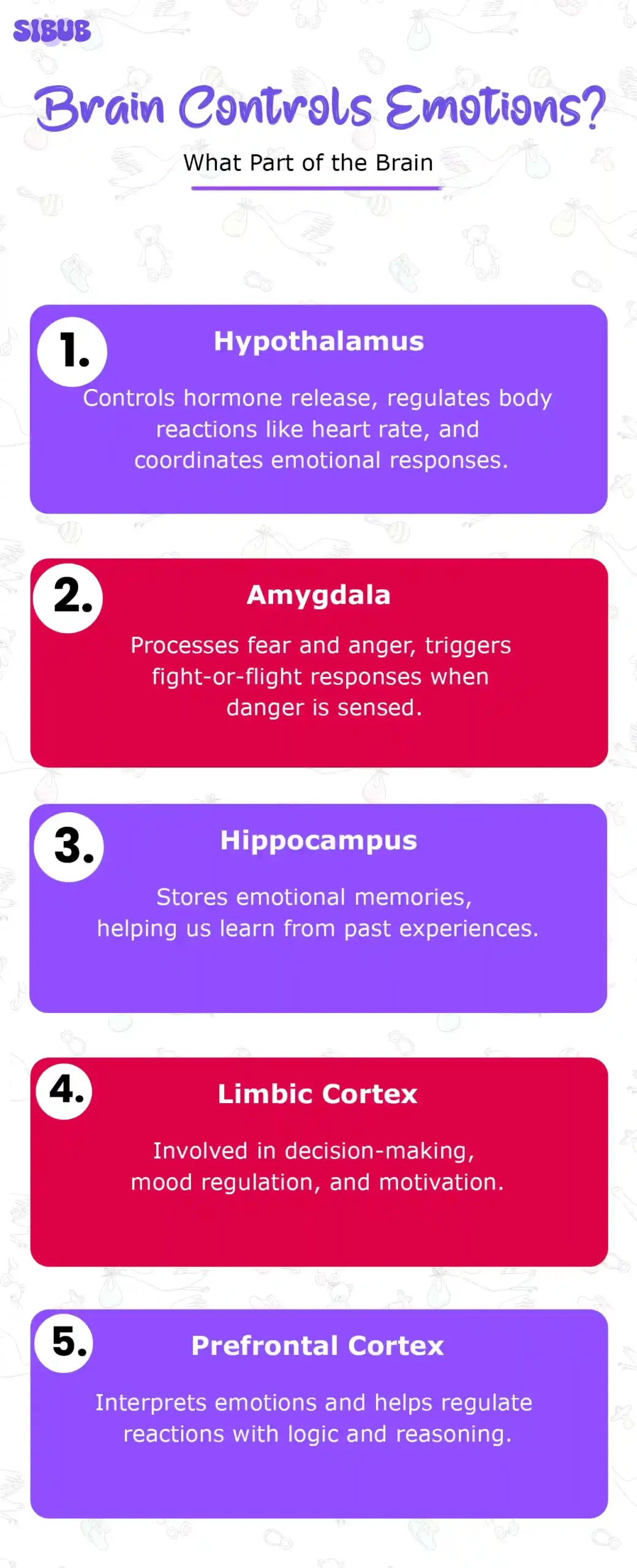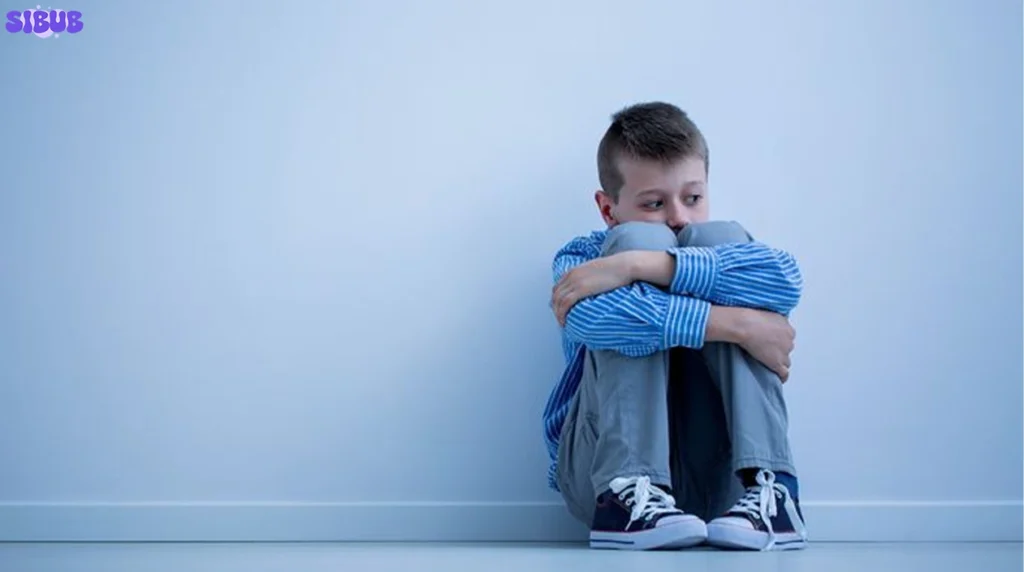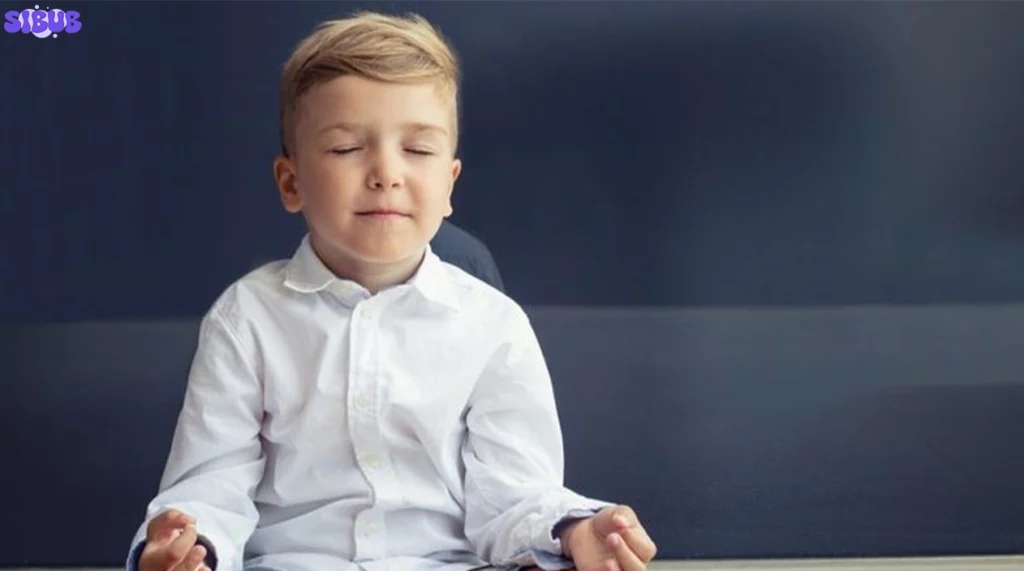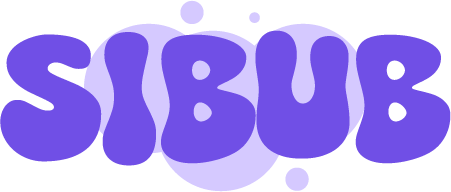If you’ve ever cried during a sad movie or felt your heart race when you see your crush, you’ve got one part of your brain to thank (or blame): the hypothalamus. Yup, that little guy is doing a lot of heavy lifting.
The hypothalamus function is at the center of your emotional control tower, making sure everything runs (mostly) smoothly.
But emotions aren’t just a one-brain-cell job. If the brain were a movie studio, the section of brain that controls emotions would be the entire production team: writers, directors, sound crew, with all that work.
Let’s break it down and see who does what in the brain’s emotional department.
So, Emotion Is Controlled by What Part of the Brain?
The short answer? Multiple parts.

The longer, cooler answer: the limbic system.
It is a compilation of brain parts that process anything from happiness and excitement to fear and anger. Here’s a quick glimpse of all:
- Hypothalamus: The MVP. The hypothalamus function includes controlling emotional reactions, hormone release, body temperature, and more.
- Amygdala: Fear factory. This almond-shaped chunk decides if you should freak out or stay calm.
- Hippocampus: Memory lane. It stores emotional memories so you can relive your awkward middle school moments again and again.
- Limbic cortex: Decision-making and mood are central.
Still wondering, what part of the brain controls emotions? These four are your core team
The Hypothalamus Functions: Tiny But Mighty
Let’s zoom in on the hypothalamus. This thing is about the size of a pea, but it pulls emotional strings like a pro. When you’re happy, angry, scared, or in love, it’s usually calling the shots.
The hypothalamus function includes:
- Releasing hormones like adrenaline, dopamine, and oxytocin
- Regulating your heartbeat and breathing during emotional moments
- Managing hunger, thirst, sleep, and sex drive (basically, the essentials)
- Sending signals across your body to either calm down or gear up
And it doesn’t take a break. It’s working 24/7, whether you’re arguing with a loved one or watching dog videos online.
Fear: The Brain’s Fire Alarm
You hear a strange noise at night. Boom!
Your amygdala lights up like a Christmas tree. But what happens next?
That’s right, the hypothalamus function kicks in. It tells your adrenal glands to pump out adrenaline and cortisol. Your heart races. Breathing gets faster. Muscles tense up. It’s the classic fight-or-flight mode.
People often ask, What part of the brain is responsible for emotions like fear? The answer: the amygdala senses it, but the hypothalamus handles the physical reaction.
Must Read: Top Benefits of Summer Camp for Kids
Fear isn’t just about danger, though. It also teaches. That time you touched a hot stove as a kid? Your brain logged it. Fear learned. Thanks, emotional part of the brain.

Anger: Fueled by Frustration
Let’s be honest. Anger happens. Whether it’s traffic or your Wi-Fi going down mid-Zoom call, your brain reacts fast.
Here’s the breakdown:
- The amygdala notices the threat or frustration.
- The hypothalamus sends a hormone SOS.
- The prefrontal cortex tries to bring in logic (sometimes fails).
So, when you snap, it’s because your emotions are controlled by what part of the brain? All of the above. Especially when the prefrontal cortex doesn’t get enough say.
Pro tip: Mindfulness helps keep the emotional brain in check. Breathing exercises? Not just for yogis.
Visit our Site: Sibub for more health tips.
Happiness: Dopamine and Chill
Ever have one of those moments where everything just feels… right?
Maybe it’s hitting your goals or hugging someone you love. That warm, fuzzy feeling? That’s dopamine and serotonin lighting up your emotional brain.
The limbic cortex gets involved here, processing the good vibes. But so does the precuneus (not a Harry Potter spell, we promise). It helps tie positive experiences to your sense of self.
DIscover: Emotions Wheel for Kids: Benefits and How to Use
And let’s not forget our tiny hero again; the hypothalamus function also regulates these happiness hormones. Feeling happy? That’s your emotional brain doing its job.

Love: It’s Not Just the Heart
Love is weird. It makes you anxious, joyful, excited, and slightly obsessed. And no, your heart isn’t running the show; your brain is.
The hypothalamus function is all over romantic love:
- Releases dopamine for that reward feeling
- Triggers oxytocin for bonding (yes, cuddles matter)
- Activates vasopressin for loyalty
Ever felt nervous butterflies around your crush? That’s your stress response. Thanks again, hypothalamus.
So if someone asks, what part of your brain controls emotions like love? You can now say, “Basically all of them, but the hypothalamus is the ringleader.”
The Emotional Brain Team: Who Does What?
Here’s a quick cheat sheet of brain parts that control emotion:
- Hypothalamus: The CEO of emotional operations
- Amygdala: Emotion detector, especially fear and rage
- Hippocampus: Memory vault
- Limbic cortex: The mood and motivation manager
- Prefrontal cortex: Rational thinker (when it shows up)
- Precuneus: The happiness spark
Each one brings its A-game when it comes to your emotional rollercoaster.
Why This Matters for Mental Health
Knowing the part of the brain controls emotion isn’t just a trivia flex. It helps you understand yourself better.
Balance of an emotional system is critical for the effective functioning of the mind and body. With mental health issues such as anxiety, depression, and PTSD, there is almost always an imbalance. This is where the role of therapy alongside other methods comes in to rebalance the brain’s functions.
Visit: 45 Growth Mindset Mantras to Strengthen Your Mental Health Daily
So when your emotions feel out of control, it’s not “just in your head.” It’s literally in your brain chemistry.
Final Thoughts: Your Brain’s the Real MVP
Let’s wrap it up. What part of the brain is responsible for emotions? Many parts. But if we had to give out an award, the hypothalamus function wins.
It juggles hormones, moods, and responses to keep your emotional life somewhat stable. Without it, your love life, friendships, and even your Netflix choices would be very different.
Next time you cry at a Pixar movie or rage over a late pizza, just remember: your emotional brain’s working hard behind the scenes. Maybe give it a break, take a nap, or eat some chocolate. (hey, it boosts dopamine.)
Because when it comes to your emotions, your brain’s got your back, and your butterflies, too
